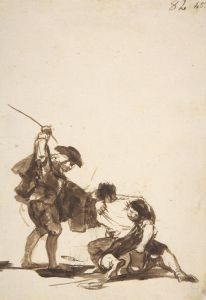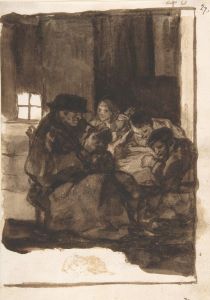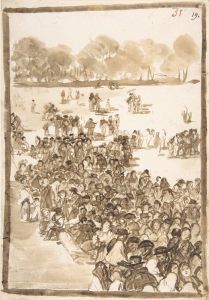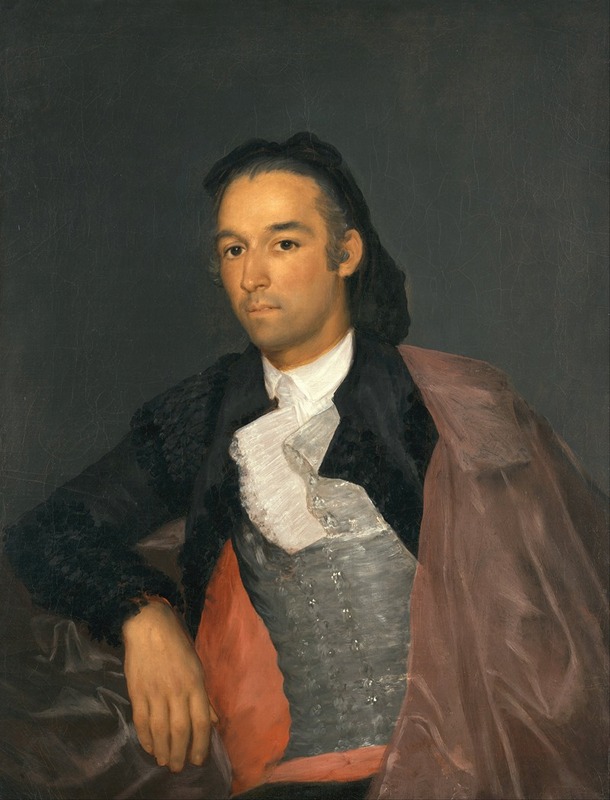
Portrait of the Matador Pedro Romero
A hand-painted replica of Francisco de Goya’s masterpiece Portrait of the Matador Pedro Romero, meticulously crafted by professional artists to capture the true essence of the original. Each piece is created with museum-quality canvas and rare mineral pigments, carefully painted by experienced artists with delicate brushstrokes and rich, layered colors to perfectly recreate the texture of the original artwork. Unlike machine-printed reproductions, this hand-painted version brings the painting to life, infused with the artist’s emotions and skill in every stroke. Whether for personal collection or home decoration, it instantly elevates the artistic atmosphere of any space.
Francisco de Goya's Portrait of the Matador Pedro Romero is a painting that depicts Pedro Romero, one of the most celebrated bullfighters in Spanish history. The work is attributed to Goya, a prominent Spanish painter and printmaker known for his significant contributions to both portraiture and historical art during the late 18th and early 19th centuries. This portrait is believed to have been created during Goya's mature period, a time when he was deeply engaged in capturing the personalities and cultural figures of his era.
Pedro Romero (1754–1839) was a legendary figure in the world of bullfighting, credited with formalizing many of the techniques and traditions that define modern bullfighting. Born in Ronda, Spain, Romero came from a family of bullfighters and gained fame for his skill, grace, and composure in the bullring. He is said to have fought over 5,000 bulls during his career without sustaining serious injury, a remarkable feat that contributed to his enduring legacy.
The portrait captures Romero in a dignified and composed manner, reflecting his status as a cultural icon of the time. Goya's skillful use of light and shadow emphasizes the matador's facial features, lending a sense of realism and gravitas to the painting. The work is notable for its restrained yet powerful depiction of Romero, avoiding overly dramatic or romanticized elements often associated with bullfighting imagery. Instead, Goya focuses on the individuality and character of his subject.
The exact date of the painting is not definitively known, but it is generally placed within the late 18th century, a period when Goya was actively producing portraits of prominent figures in Spanish society. The painting is often associated with Goya's broader interest in documenting the cultural and social landscape of Spain, including its traditions, customs, and notable personalities.
The current location of Portrait of the Matador Pedro Romero is not universally agreed upon, as there are multiple portraits of Romero attributed to Goya or his circle. Some sources suggest that a version of the portrait is housed in a private collection, while others point to public institutions. As with many works from this period, questions of attribution and provenance can complicate efforts to definitively identify the painting's history.
This portrait remains an important example of Goya's ability to capture the essence of his subjects, as well as a testament to the enduring cultural significance of Pedro Romero in Spanish history.





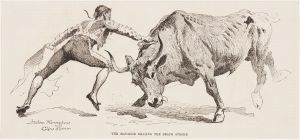
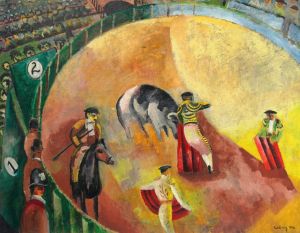
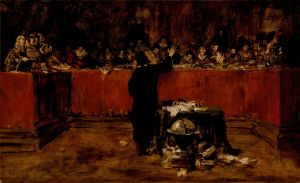
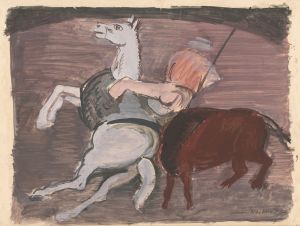
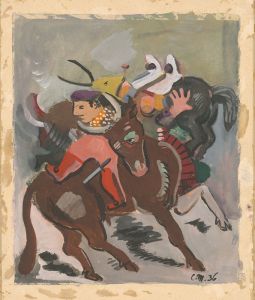
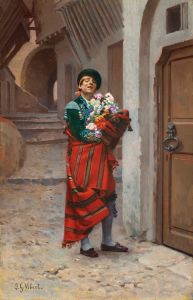
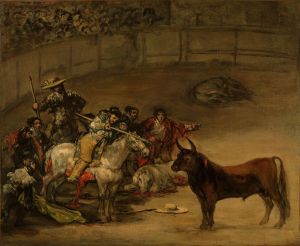
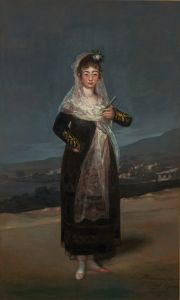
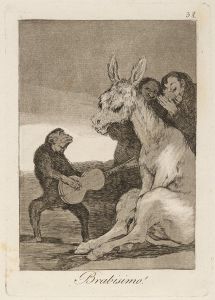
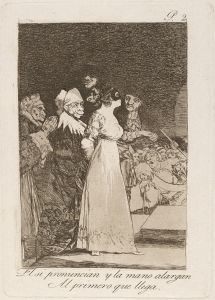
![The Claws of a Cat and the Dress of a Devotee-Similar to Vice Is Often Clothed in Virtue’s Habit [General Folly]](/imgs/264662/s/francisco-de-goya-the-claws-of-a-cat-and-the-dress-of-a-devoteesimilar-to-vice-is-often-clothed-in-virtues-habit-general-folly-3d0e1eb5.jpg)
